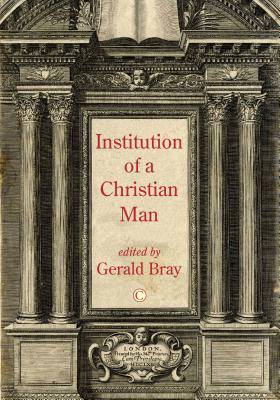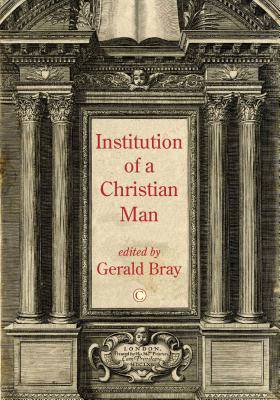
- Afhalen na 1 uur in een winkel met voorraad
- Gratis thuislevering in België vanaf € 30
- Ruim aanbod met 7 miljoen producten
- Afhalen na 1 uur in een winkel met voorraad
- Gratis thuislevering in België vanaf € 30
- Ruim aanbod met 7 miljoen producten
Zoeken
Omschrijving
Compiled during the early years of the Reformation, Institution of a Christian Man lays out the principles of the nascent Church of England. In his definitive new edition, Gerald Bray charts the development of this text from the first version introduced by Archbishop Thomas Cranmer and his cohort of bishops, to the extensive edits made by Henry VIII himself, and finally to the version written by Bishop Edmund Bonner under the radically different circumstances of Mary I's reign. By combining the Bishops' Book and the King's Book into a single text - rather than in sequence - Bray shows which sections were added, deleted, and retained throughout the revisions. This process allows the Reader to reconstruct the texts and, at the same time, follow the process by which one was transformed into the other. Bishop Bonner's Book, which appears separately, illustrates additional changes and elaborations from the previous two books. Such a comparative study in a user-friendly and accessible style has never been published before. Although written nearly 500 years ago, much of what these books pronounce is still valid and can be addressed to contemporary use. A thorough analysis of content also sheds light on a neglected phase of the Reformation, and provides a unique insight into the theological development that characterised the earliest stages of the Church of England.
Specificaties
Betrokkenen
- Auteur(s):
- Uitgeverij:
Inhoud
- Aantal bladzijden:
- 498
- Taal:
- Engels
Eigenschappen
- Productcode (EAN):
- 9780227176702
- Verschijningsdatum:
- 27/12/2018
- Uitvoering:
- Paperback
- Formaat:
- Trade paperback (VS)
- Afmetingen:
- 155 mm x 234 mm
- Gewicht:
- 751 g

Alleen bij Standaard Boekhandel
+ 113 punten op je klantenkaart van Standaard Boekhandel
Beoordelingen
We publiceren alleen reviews die voldoen aan de voorwaarden voor reviews. Bekijk onze voorwaarden voor reviews.











